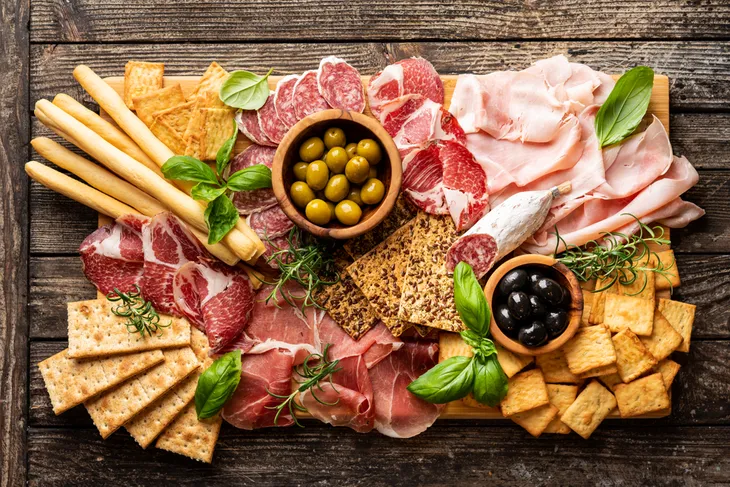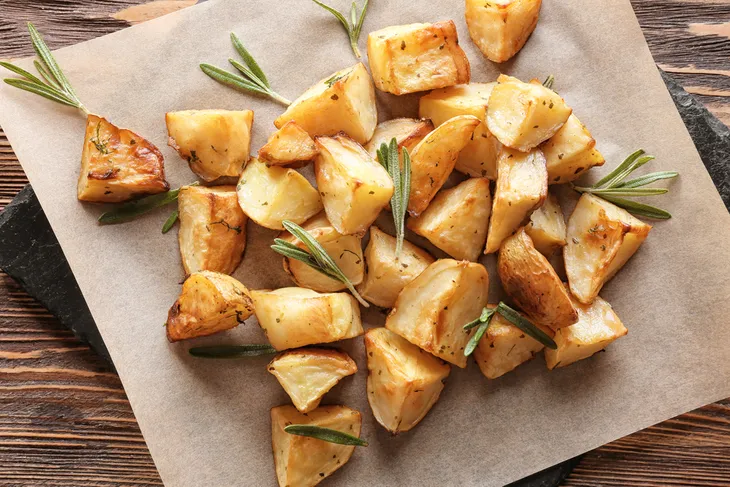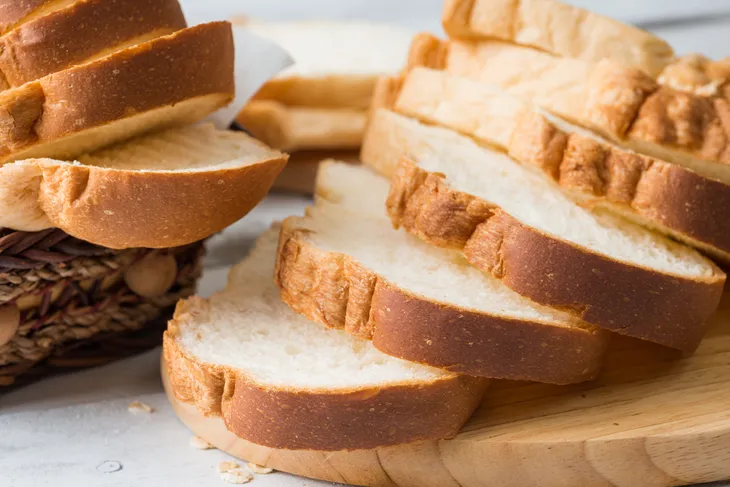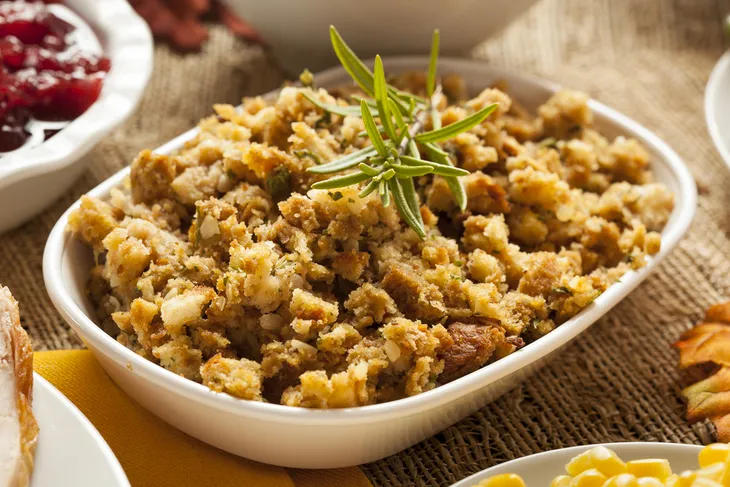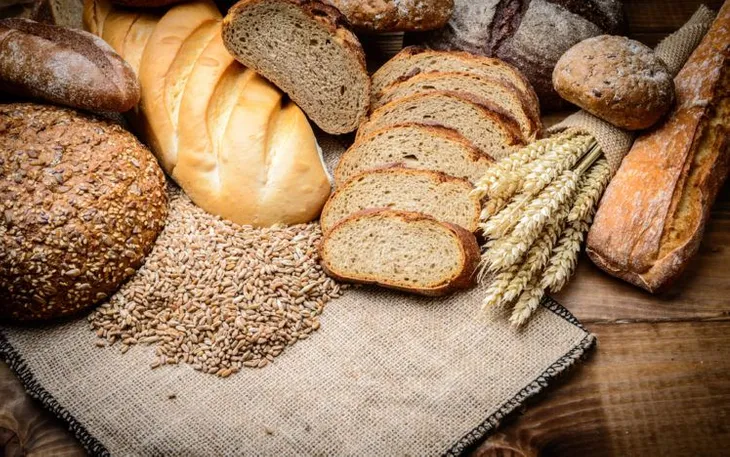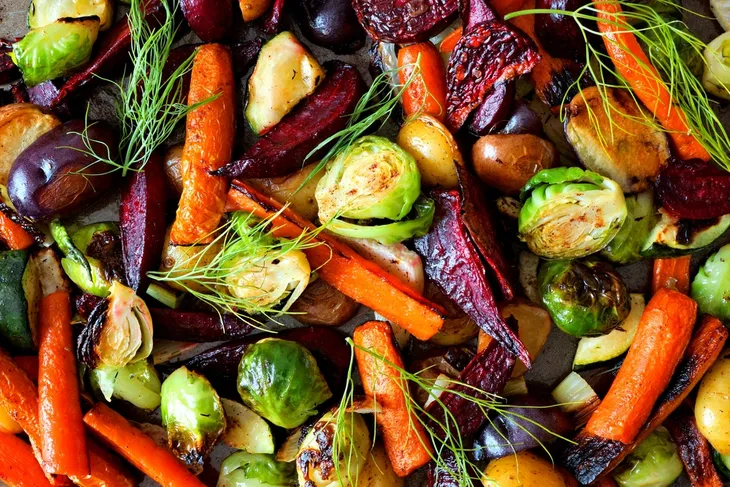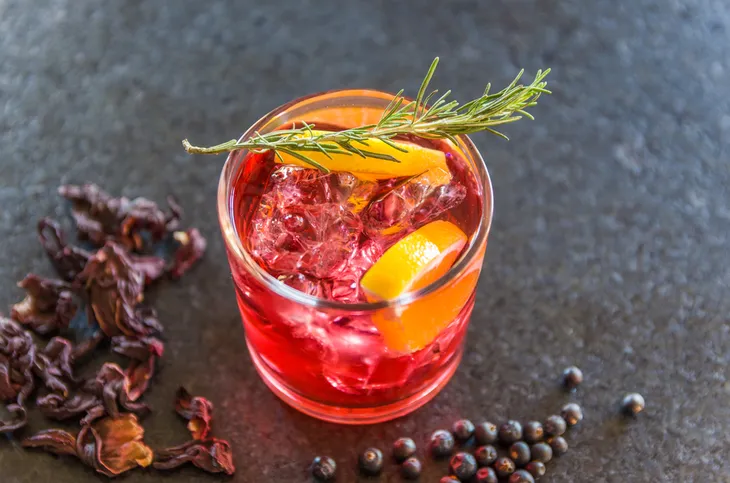- Navigating holiday dinners can be a challenge for people with diabetes.
- The key is to make a plan, know your limits, and keep an eye on your blood sugar to ensure you have a healthy and happy holiday season.
- While you may need to avoid some foods and beverages during the holidays, it’s important to still enjoy yourself!
Ah, who doesn’t love the holidays? Twinkling lights, holiday parties, delicious food, and quality time with family are just a few of the fun festivities many of us look forward to. But if you have diabetes, navigating the holidays can be a bit of a challenge. Between work potlucks, home-baked goods, and family dinners, there are many food tables to navigate. But just because it can be challenging doesn’t mean you have to miss out on your favorite parts of the season.
The secret to enjoying the holidays with diabetes is to be prepared. Knowing your limits and tracking your blood sugar regularly are two important steps in keeping your blood sugar in check. It’s also important to know what you should and shouldn’t eat. Follow along as we take a look at which Christmas foods you should eat and which ones you’re better off avoiding if you have diabetes.
Eat: Turkey
Turkey is often the centerpiece of Christmas dinner and luckily for people with diabetes, it’s also a great source of protein to add to your plate. It’s best to choose light-colored meat, such as the turkey breast instead of dark meat like the thigh. This is because white meat is lower in fat. Opting for skinless turkey is also a great low-fat option.
But turkey isn’t the only protein option you can have! The Centers for Disease Control and Prevention (CDC) says chicken, and lean fish or beans are also great options for people with diabetes.
Avoid: Processed Meats
Watch out for charcuterie boards over the holidays. While these are fun trays of food, they often contain loads of processed meats like salami, ham, and beef jerky which are high in fat and calories. While high-fat foods won’t spike your blood sugar per se, Michigan State University explains that it can slow digestion and make it more difficult for the hormone that regulates glucose in the body to work correctly.
You should also be mindful of breaded or fried meats as they’re high in fat too. The important rule to remember is moderation. If you want to have nibbles of these types of foods just be sure to check your blood sugar regularly and modify the rest of your meal.
Be Mindful of Potatoes
What’s Christmas dinner without potatoes? This versatile vegetable can be enjoyed mashed, roasted, or baked and people with diabetes can certainly add them to their plates. But you do need to be mindful of your portions because potatoes are high in carbs.
Potatoes can spike blood sugar levels because “carbs are broken down into sugars and move into your bloodstream” explains Healthline. So this is why it’s important to limit your portion sizes. It’s also a good idea to eat the skin and choose low GI varieties like Carisma and Nicola. You can also reduce the fat by dry roasting them or using spray oil. Simple substitutions can help you enjoy the dishes you know and love guilt-free!
Avoid: White Bread
Dinner rolls or bread of some sort is another common offering at Christmas time but people with diabetes will want to steer clear of white bread. Healthline explains that refined starches are stripped of almost all vitamins, minerals, and fiber and are considered empty calories.
Additionally, they’re also digested quickly, making them a high glycemic food. This also means eating refined carbs can lead to rapid spikes in blood sugar. Since white bread doesn’t offer any nutritional value and it can spike your blood sugar, it’s best to avoid it altogether.
Be Mindful of Stuffing
Unless Stuffing is on the top of your ‘favorite foods to eat at Christmas’ list then you may be better off avoiding this dish, especially if it’s the store-bought variety. Many homemade recipes also call for bread and other ingredients that can cause an unwanted blood sugar spike.
However, if you really love stuffing you can still enjoy it. Just be sure to have a small portion. Alternatively, you could also prepare a diabetes-friendly stuffing to share.
Tips for Navigating Grains and Starches
While people with diabetes do need to be mindful of their grains and starches, you don’t have to ban them entirely. Instead, the CDC suggests filling only 1/4 of your plate with grains or starchy vegetables.
The source also says choosing high-fiber grains like steamed brown rice and whole-grain bread, such as whole wheat or cornbread are healthier options. Also, avoid slathering butter or margarine on these starchy foods too. The source also says to avoid starches with heavy sauces or at the very least, take small portions.
Eat: Vegetables
Non-starchy vegetables are great options for people with diabetes. In fact, the CDC suggests filling half of your plate with colorful, non-starchy vegetables. Some great options to consider include broccoli, green beans, carrots, bell peppers, eggplant, and spinach. Vegetables are not only chock full of nutrients, but they can help you feel full for longer due to their high fiber content. Filling up on veggies can help prevent overindulging in unhealthy foods too.
It’s best to opt for fresh or steamed varieties. If you’re having salad, opt for a homemade dressing of oil and vinegar. Err on the side of caution with vegetable dishes that are loaded with cheese or butter like casseroles. If you want to have a taste of these sides, just take a very small portion.
Avoid: Full-Fat Dairy Products
Cheese plates, seasonal coffee creamers, and other full-fat dairy products are also common at Christmas but people with diabetes need to be mindful. As we mentioned earlier, foods high in fat can slow digestion and interfere with the hormone that regulates glucose in your body.
With this in mind, it’s better to replace full-fat dairy with low-fat or non-fat options. Nondairy milk and fat-free cheese are much better choices. But always be sure to read the ingredients because sometimes fat is replaced with unhealthy ingredients like sugar.
Enjoy: Sugar-Free Beverages
People with diabetes have to be mindful of what they’re drinking too. While water is certainly the best choice as it’ll keep you hydrated and won’t spike your blood sugar, sometimes it’s fun to enjoy a festive cocktail during the holidays. Just be sure you opt for sugar-free beverages that won’t spike your blood sugar.
Be mindful of alcoholic cocktails too. Perhaps you can make a diabetes-friendly cocktail (or mocktail!) to share. If you’re drinking coffee or tea with dessert, make sure you skip the sugar or opt for a sugar-free, low-fat creamer.
Avoid: Soda, Fruit Juice, and Too Much Alcohol
While we’re on the topic of beverages, watch out for all the added sugar! Soda, fruit juice, and cocktails can all contain loads of sugar, which can spike your blood sugar. Drinking too many alcoholic beverages can wreak havoc on your blood sugar too. Healthline explains that it can cause it to rise or fall, depending on how much you drink.
The CDC says if you’re going to drink alcohol, watch your intake. Women should only have one drink a day and men shouldn’t have more than two drinks per day. The source also says it’s important to never drink alcohol on an empty stomach.
Avoid: Too Many Desserts
Many holiday desserts are loaded with sugar and fat, both of which can wreak havoc on your blood sugar. If you’re going to enjoy traditional desserts then the CDC suggests having a very small serving. And don’t forget to check your blood sugar.
Alternatively, you can skip the sweet dishes altogether or consider making a low-sugar dessert. Let’s take a look at a few other ways you can enjoy dessert next!
Eat: Fruit
Navigating the dessert table can be a challenge, especially if you have diabetes. One option is making a diabetes-friendly dessert to share. There are tons of recipes online from festive cookies to pies and beyond!
Another option is you can skip the dessert and enjoy fresh fruit instead. There are tons of delicious fruits that won’t spike your blood sugar. Better yet, fruit is chock full of essential vitamins, minerals, and fiber! Consider filling your plate with fresh strawberries, blueberries, apples, pears, or melons.
Don’t Forget to Enjoy Yourself
The holidays can be both exciting and overwhelming, especially for people with diabetes. But it’s important that you don’t forget to enjoy yourself.
It is possible to enjoy your favorite parts of the season, including delicious food! The key is to make a plan, know your limits, and keep an eye on your blood sugar to ensure you have a healthy and happy holiday season.


